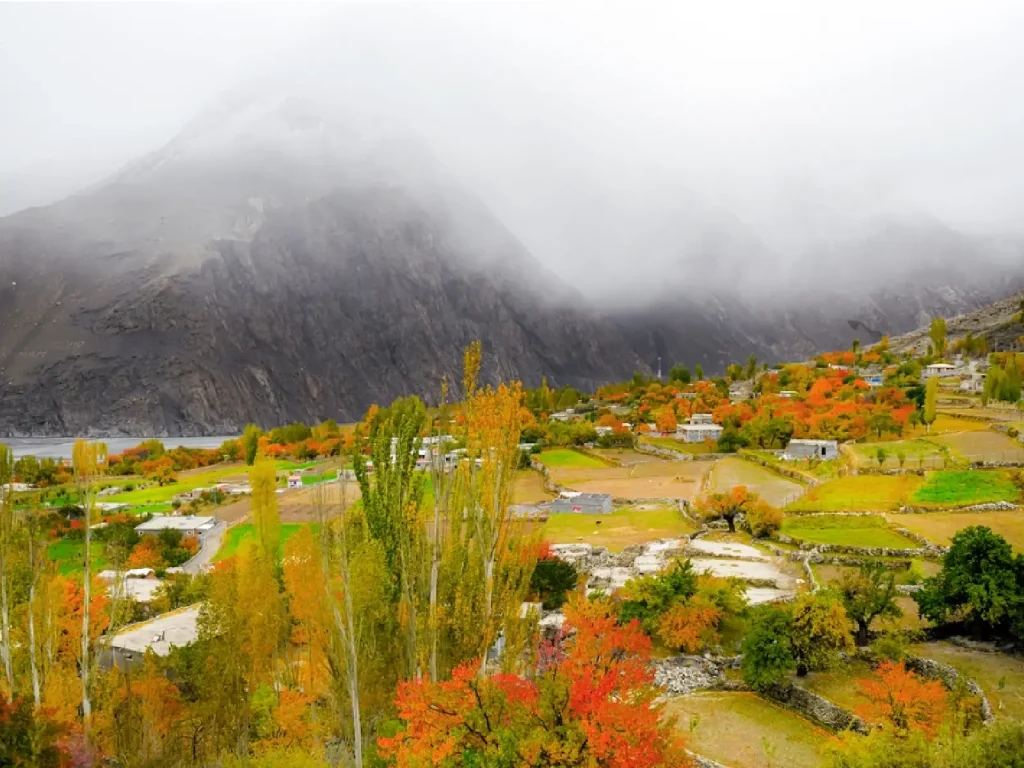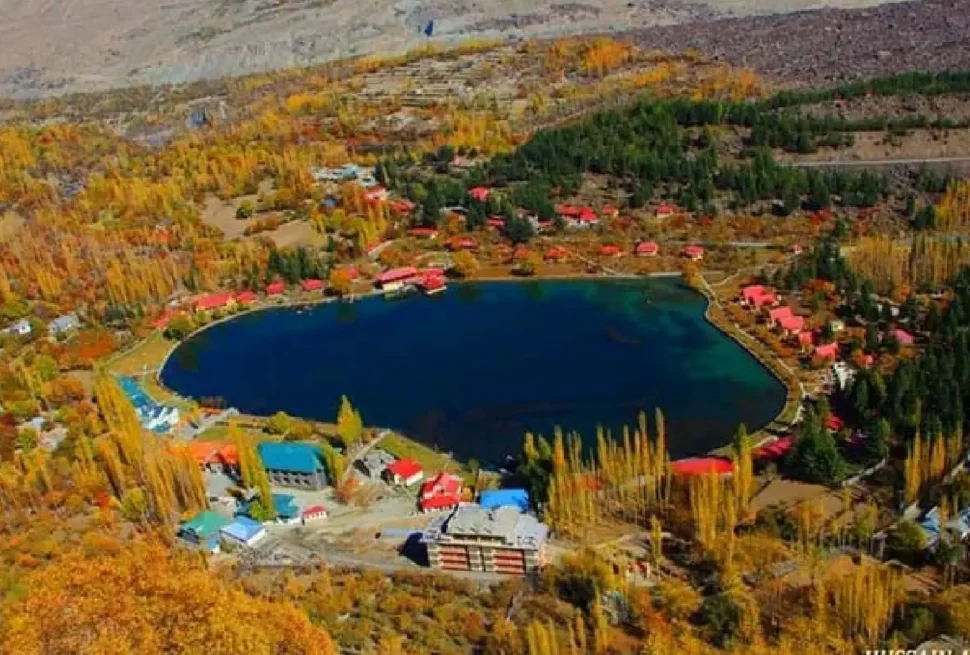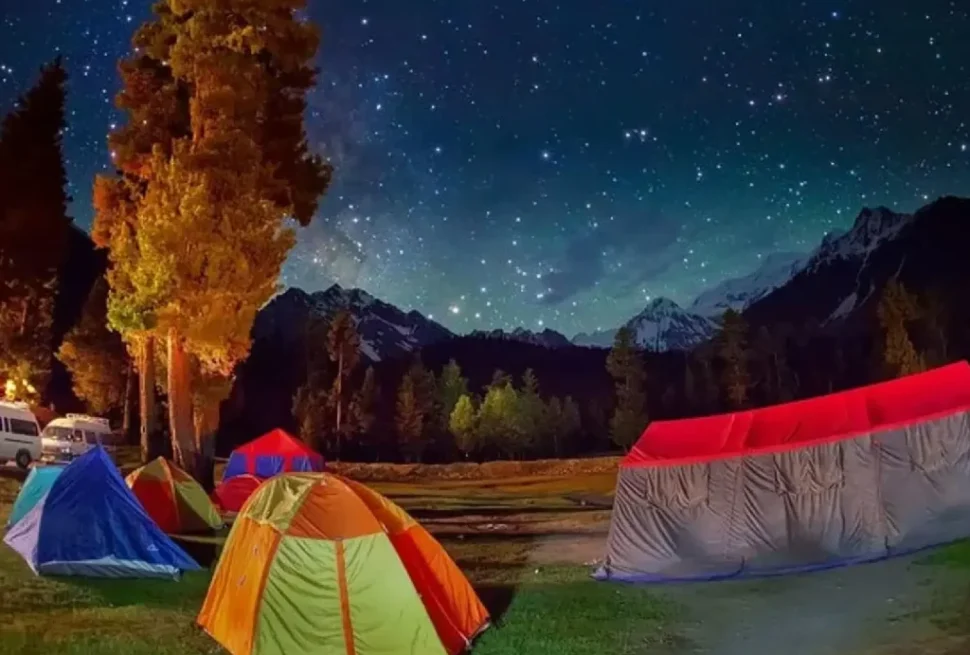Hunza Valley, located in the Gilgit-Baltistan region of northern Pakistan, is a paradise for nature lovers, adventurers, photographers, and cultural explorers. With its snow-capped mountains, ancient forts, turquoise rivers, and hospitable locals, Hunza offers a unique blend of natural beauty and rich heritage. This travel guide will help you plan a perfect trip to Hunza Valley in 2025, covering the best time to visit, estimated budget, travel routes, key attractions, food, accommodation, and essential tips.
Why Visit Hunza Valley?
Hunza is one of the most popular destinations in Pakistan, known for:
- Breathtaking mountain views of Rakaposhi, Ultar Sar, Ladyfinger, and Diran
- Historical landmarks like Baltit Fort and Altit Fort
- Unique culture, language (Burushaski), and traditions
- Adventure activities like hiking, climbing, and boating
- Accessibility from major cities like Islamabad and Gilgit
Whether you’re a solo traveler, couple, or family, Hunza has something for everyone.
Best Time to Visit Hunza Valley
Spring (April – May):
- Cherry blossoms bloom across the valley
- Mild temperatures and lush greenery
- Ideal for photography and peaceful travel
Summer (June – August):
- Peak tourist season
- Best weather for trekking and exploring lakes
- All roads and areas are fully accessible
Autumn (September – October):
- Famous for golden and red autumn foliage
- Fewer tourists, peaceful environment
Winter (November – March):
- Snowfall covers the region
- Difficult road conditions in some parts
- Ideal for snow lovers, but not recommended for first-time travelers
Recommended Time: Mid-April to Mid-October
How to Reach Hunza Valley
By Air:
- Flight: Islamabad to Gilgit (45 minutes via PIA)
- From Gilgit, take a private car or public van to Hunza (approx. 2.5-3 hours)
By Road:
- Route 1: Islamabad -> Mansehra -> Besham -> Chilas -> Gilgit -> Hunza (Approx. 20-22 hours)
- Route 2 (Naran open in summer): Islamabad -> Naran -> Babusar Top -> Chilas -> Gilgit -> Hunza (Approx. 14-16 hours)
Note: Roads may be blocked in winter; always check weather updates before travel.
Budget Breakdown (Estimated for 5-Day Trip in 2025)
| Category | Budget Traveler | Mid-Range | Luxury |
|---|---|---|---|
| Transport | PKR 10,000 | PKR 20,000 | PKR 35,000 |
| Accommodation | PKR 8,000 | PKR 15,000 | PKR 35,000 |
| Food | PKR 5,000 | PKR 8,000 | PKR 15,000 |
| Activities & Entry | PKR 2,000 | PKR 3,500 | PKR 5,000 |
| Souvenirs & Shopping | Optional | Optional | Optional |
| Total | PKR 25,000 – 30,000 | PKR 45,000 – 50,000 | PKR 80,000+ |
Prices are approximate and may vary seasonally.
Top Places to Visit in Hunza Valley
1. Karimabad
- Heart of Hunza tourism
- Stunning views of Rakaposhi and Ladyfinger
- Local markets and handicrafts
2. Baltit Fort
- 700-year-old fort with museum
- Beautiful panoramic view of the valley
3. Altit Fort
- Even older than Baltit Fort
- Restored with support from Aga Khan Foundation
- Nearby Altit village with traditional homes
4. Attabad Lake
- Formed by a landslide in 2010
- Blue waters ideal for boating, jet-skiing, and photography
5. Passu Cones and Passu Glacier
- Iconic jagged peaks (also called Cathedral Mountains)
- Great for photo ops and light trekking
6. Hussaini Suspension Bridge
- One of the most dangerous bridges in the world
- Thrilling walk with views of the river
7. Eagle’s Nest Viewpoint
- Best sunrise and sunset views over the valley
- Located above Duikar village
8. Hopper Glacier (Nagar side)
- Short drive across the river from Hunza
- Ideal for adventure lovers and glacier viewing
Where to Stay in Hunza
Budget Options:
- Old Hunza Inn
- World Roof Hotel
- Local guesthouses and homestays
Mid-Range:
- Hunza Embassy Hotel
- Mulberry Hotel
- Karimabad Hotel
Luxury:
- Serena Altit Fort Residence
- Luxus Hunza
- Hard Rock Hunza
It is advisable to book hotels in advance during peak season.
What to Eat in Hunza
Try local Hunza cuisine made from organic and traditional ingredients:
- Chapshuro: Local meat pie
- Diram Pitti: A nutritious dish made from sprouted wheat
- Harissa: A porridge-style meat and wheat dish
- Apricot soup and dried fruits
- Hunza water (spring water)
Also enjoy Pakistani dishes like biryani, karahi, and BBQ at local restaurants.
Travel Tips for Hunza
- Permits: No permit required for Pakistani citizens. Foreigners may need a NOC for border areas near Khunjerab.
- Clothing: Pack warm clothes even in summer; nights can be chilly.
- Cash: ATMs are limited; carry cash for remote areas.
- Local SIMs: Zong and SCOM work best in the region.
- Eco-Friendly Travel: Use refillable water bottles, avoid plastic waste.
- Respect Culture: Dress modestly and ask permission before taking local photos.
- Internet: Limited in some areas; perfect time for a digital detox.
Suggested 5-Day Itinerary for Hunza
Day 1: Arrival in Gilgit -> Drive to Hunza -> Check-in & sunset at Eagle’s Nest
Day 2: Visit Baltit & Altit Forts -> Explore Karimabad Market
Day 3: Full-day trip to Attabad Lake -> Passu -> Hussaini Bridge
Day 4: Drive to Hopper Glacier (optional trek) -> Return
Day 5: Shopping & Departure back to Gilgit or Islamabad
Final Thoughts
Hunza Valley is not just a place, it’s an experience. With its majestic landscapes, welcoming people, and rich culture, it deserves a spot on every traveler’s bucket list. Whether you’re looking for peace, adventure, or a journey through history, Hunza Valley in 2025 will leave you with lifelong memories.
Plan your dream Hunza tour now with Dream Sports Tour and discover the crown jewel of Gilgit-Baltistan!


